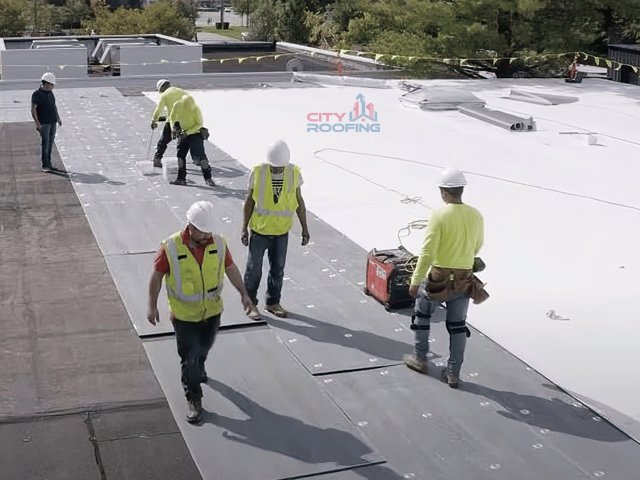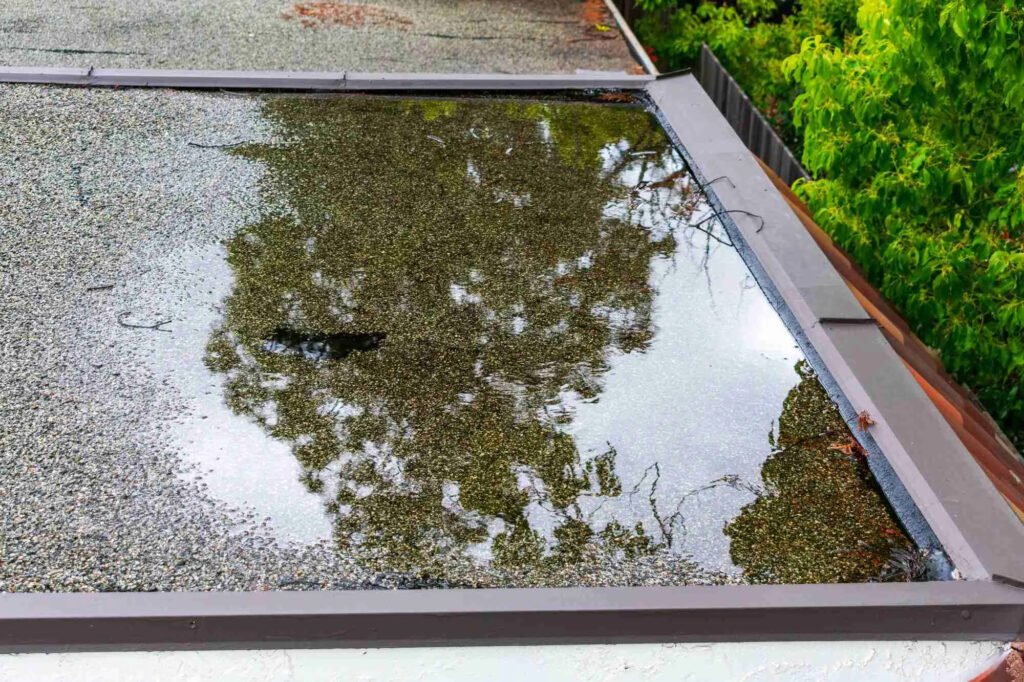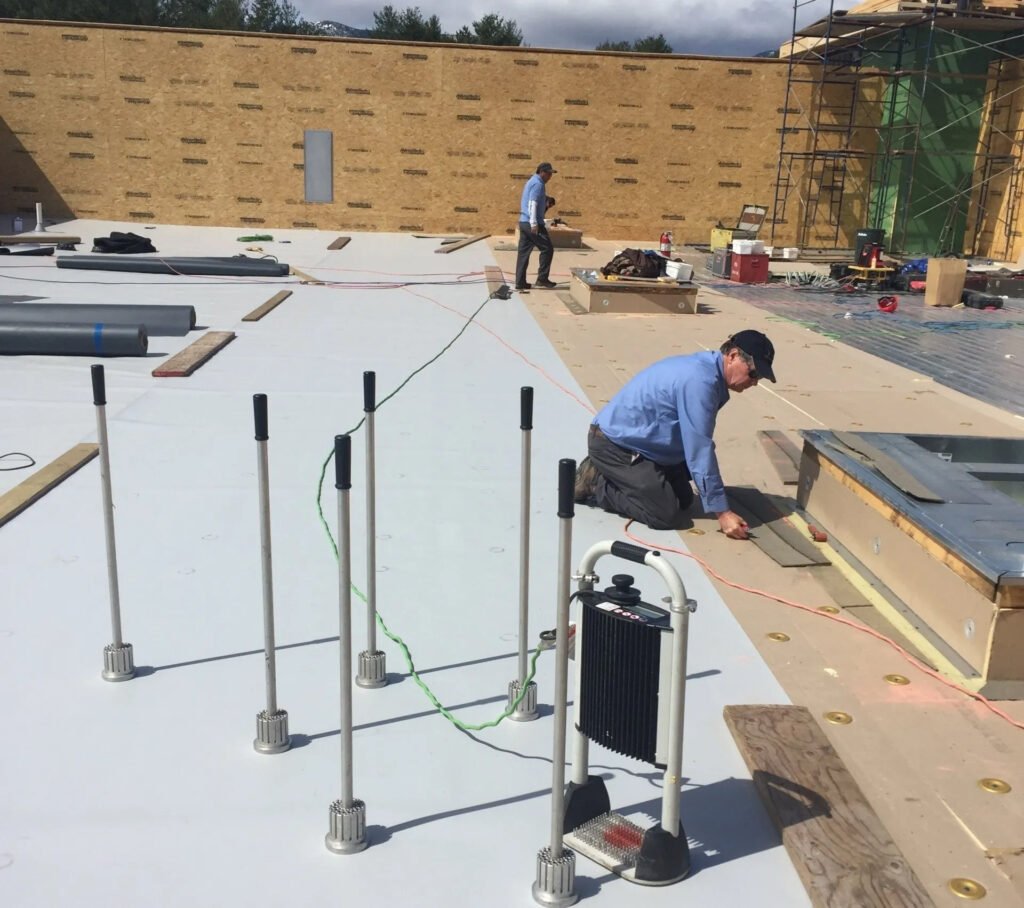Installing a Flat Roof on a Commercial Building: Important Things to Consider
Installing a Flat Roof on a Commercial Building: Key Considerations
Flat roofs are a common option for commercial roofing because of its affordability, simplicity of construction, and space efficiency. However, installing a flat roof requires careful planning to ensure durability, weather resistance, and long-term performance.
In this guide, we’ll explore the key factors to consider when installing a flat roof on a commercial building, helping you make informed decisions for your project.

Related Posts
Choosing the Right Flat Roofing Material
Not all flat roofing materials are the same. The best choice depends on your budget, climate, and building requirements. Here are the most common options:
EPDM (Ethylene Propylene Diene Monomer)
Pros: Highly durable, UV-resistant, and flexible in extreme temperatures.
Cons: Can be punctured easily if not properly maintained.
TPO (Thermoplastic Olefin)
Pros: Energy-efficient (reflects sunlight), resistant to mold and tears.
Cons: Quality varies by manufacturer; poor installation can lead to seam failures.
PVC (Polyvinyl Chloride)
Pros: Strong, fire-resistant, and long-lasting.
Cons: More expensive than EPDM and TPO.
Built-Up Roofing (BUR) – Tar and Gravel
Pros: Excellent waterproofing, long lifespan.
Cons: Heavy, requires professional installation, and can emit fumes during application.
Modified Bitumen
Pros: Uses rubberized coatings in addition to asphalt to increase strength and flexibility.
Cons: Needs torch application, which can be a fire hazard if not handled properly.
Proper Drainage is Critical
Flat roofs, as opposed to sloped roofs, depend on drainage systems to keep water from collecting, which can cause leaks and structural damage. Key drainage solutions include:
- Tapered Insulation:Creates a slight slope to direct water toward drains.
- Scuppers and Gutters:Helps channel water off the roof.
- Interior Drains:Ideal for large commercial roofs, connected to downspouts.
Always ensure your roof has a minimum slope of 1/4 inch per foot to avoid standing water.

Insulation and Energy Efficiency
A well-insulated flat roof can reduce energy costs and improve indoor comfort. Consider:
- R-Value:Higher R-value = better insulation.
- Thermal Bridging Prevention:Use insulation boards to minimize heat loss.
- Cool Roof Coatings:Reflective coatings (like white TPO) reduce heat absorption.

Professional Installation Matters
Poor flat roof installation can result in leaks, early deterioration, and expensive repairs. Constantly:
- Hire licensed and experienced commercial roofing contractors.
- Check for warranties (material and workmanship).
- Ensure proper flashing and seam sealing to prevent water infiltration.
Maintenance and Longevity
Flat roofs require regular maintenance to maximize lifespan (typically 15-30 years, depending on material). Key maintenance tips:
- Biannual Inspections: Check for cracks, blisters, and punctures.
- Clear Debris: Leaves and dirt can clog drains.
- Prompt Repairs: Fix minor issues before they become major problems.

Final Thoughts
Installing a flat roof on a commercial building is a smart investment if done correctly. By selecting the right material, ensuring proper drainage, prioritizing insulation, and hiring skilled professionals, you can enjoy a durable, energy-efficient, and low-maintenance roofing system.
Need expert advice? Consult a reputable roofing contractor to assess your building’s specific needs.
FAQs
Typically 15-30 years, depending on material and maintenance.
Not recommended—improper installation can lead to leaks and structural issues.
TPO or PVC due to their reflective properties.
